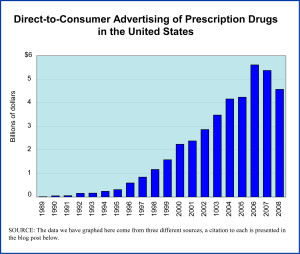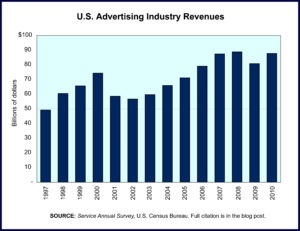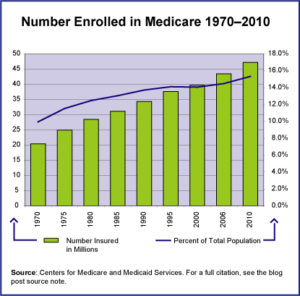Amateur radio, also known as ham radio, uses a designated “radio frequency spectrum for purposes of private recreation, non-commercial exchange of messages, wireless experimentation, self-training, and emergency communication,” according to Wikipedia. Ham radio operations are coordinated by the International Telecommunication Union. Ham radio operators must demonstrate knowledge in electronics and regulations in order to obtain a license for their radio station. Once licensed, the ham radio operator can communicate with people throughout the world.
Amateur radio began in the late 19th Century. By the late 20th Century, the hobby’s
popularity was waning; however, in the early 21st Century, ham radio saw a surge in the number of enthusiasts. By 2010, the number of ham radio licenses in the United States had increased 60 percent since 1981. In 2007, the United States Federal Communications Commission stopped requiring knowledge of Morse Code in order to obtain a license. The increase in ham radio licenses has been attributed to this. In 2010 alone, there were 30,000 new applications for ham radio licenses.
Today’s market size is the total number of people that have ham radio licenses in the United States.
Geographic reference: United States
Year: 2010
Market Size: 700,000
Source: Matt Sepic, “Ham Radio Growing in the Age of Twitter,” NPR, April 5, 2010, available online here and “Amateur Radio,” Wikipedia, available online here.
Posted on December 9, 2011



